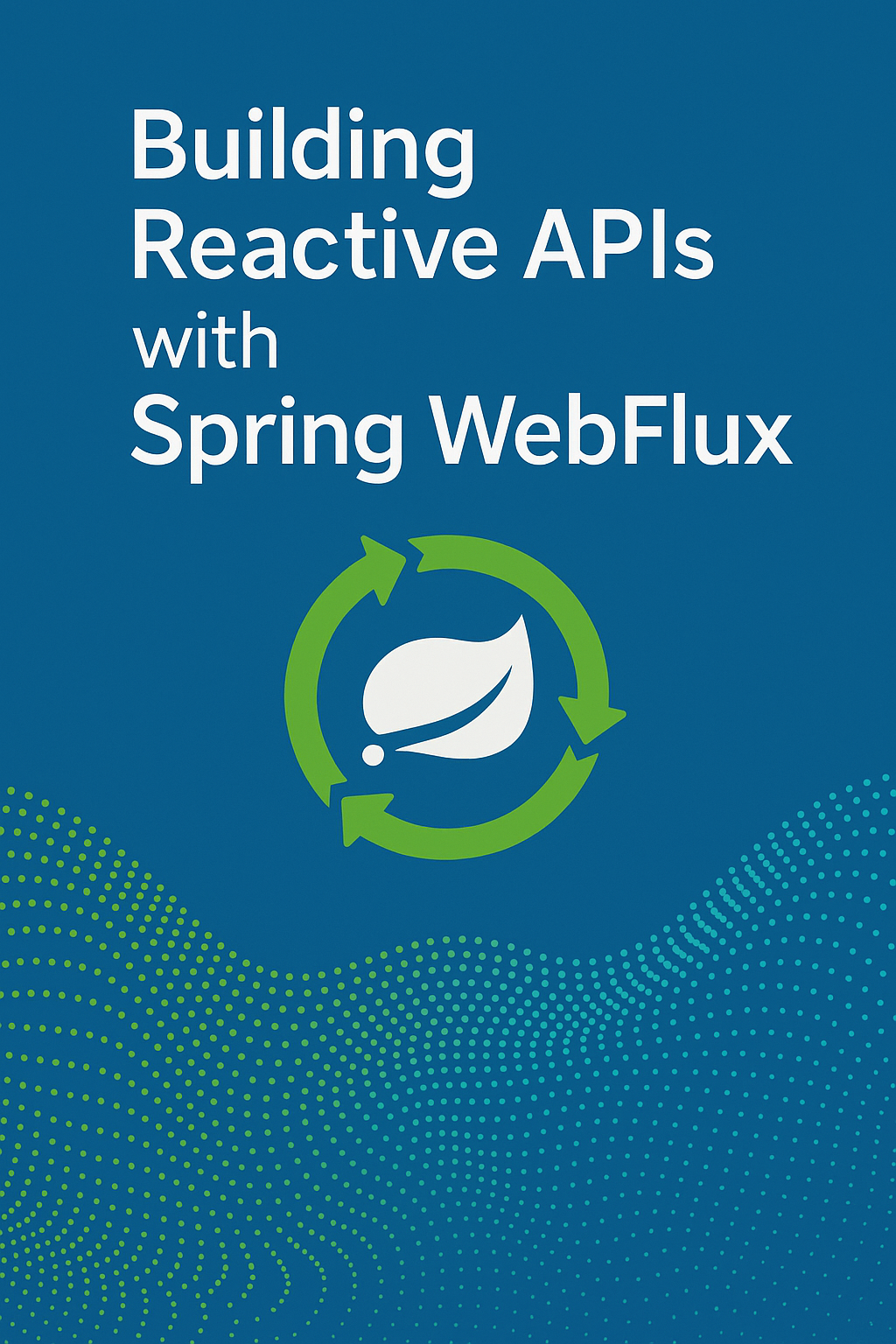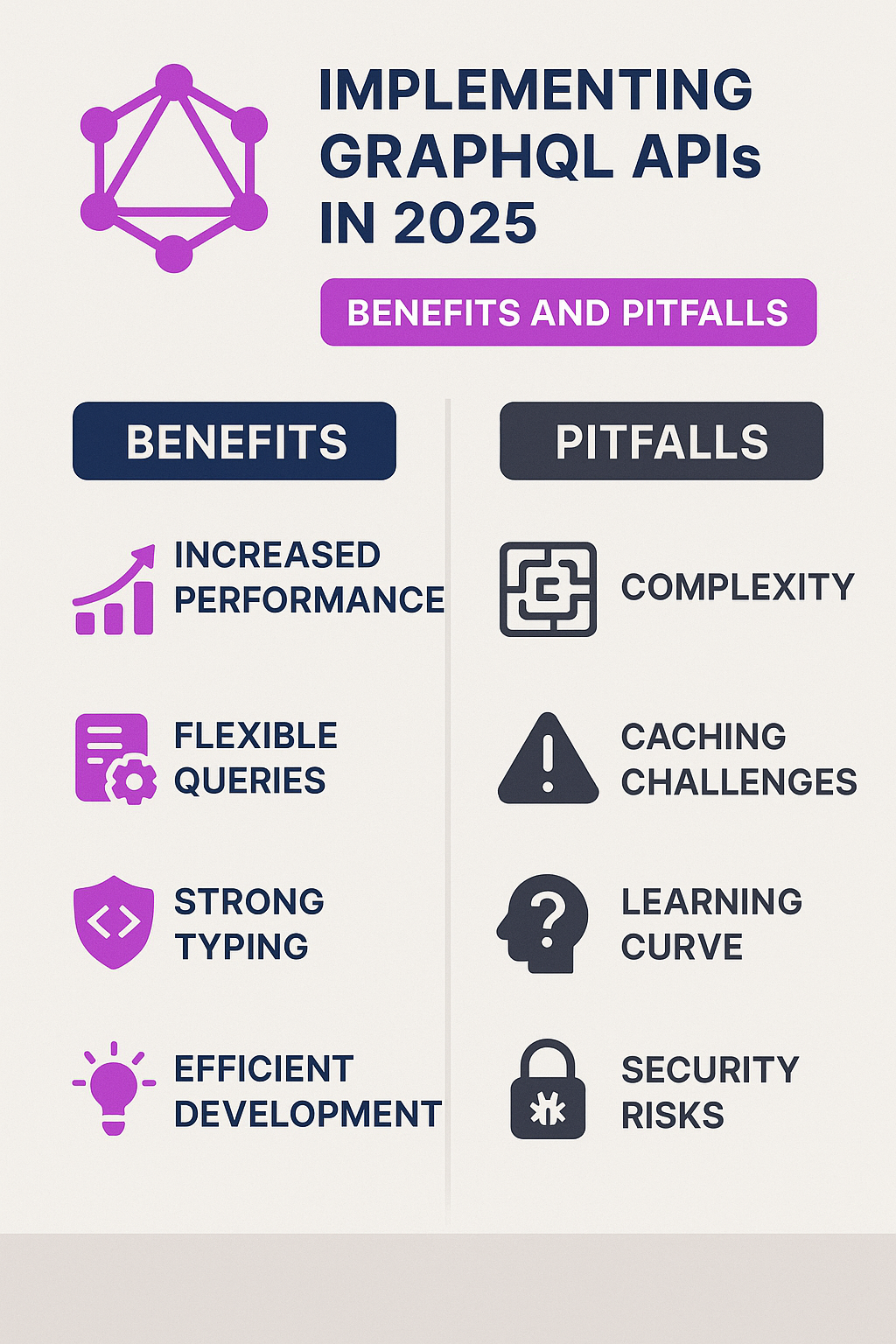
Introduction
As applications scale, traditional thread-per-request servers struggle under heavy load. This is especially true for I/O-heavy systems, API aggregators, and microservices that depend on multiple downstream calls. To solve this, the Spring team created Spring WebFlux, a reactive, non-blocking alternative to Spring MVC. It uses reactive streams to process data more efficiently, allowing your APIs to handle more traffic with fewer resources. In this post, you’ll learn what WebFlux is, how it differs from the classic Spring MVC model, and how to build your first reactive endpoint.
What Is Spring WebFlux?
Spring WebFlux is a framework for building reactive, non-blocking web applications. It’s built on top of Project Reactor, an implementation of the Reactive Streams specification. Instead of blocking threads while waiting for external calls, WebFlux returns a Publisher that produces results asynchronously. As a result, the server can handle more requests at once, making WebFlux ideal for modern high-throughput systems.
Key Concepts
- Mono: Represents a stream with zero or one item.
- Flux: Represents a stream with zero or many items.
- Non-blocking I/O: Threads stay free while waiting for responses.
- Backpressure: Controls data flow so consumers are not overwhelmed.
These concepts create a pipeline where data moves reactively, improving efficiency and responsiveness.
Spring MVC vs Spring WebFlux
Spring MVC uses a blocking I/O model. Each incoming request occupies a thread until the response is ready. However, Spring WebFlux uses an event loop model, which allows many requests to share a small number of threads.
Comparison
| Feature | Spring MVC | Spring WebFlux |
|---|---|---|
| Model | Blocking | Non-blocking |
| Concurrency | Thread per request | Event loop |
| Performance | Limited by thread count | Highly scalable |
| Best For | CPU-heavy apps | I/O-heavy apps |
Therefore, if your application performs many external calls—such as database queries, API calls, or streaming responses—WebFlux often provides better performance and scalability.
Creating a WebFlux API
To create a WebFlux project, start with Spring Initializr and add the Spring Reactive Web dependency.
Example Controller
@RestController
@RequestMapping("/api")
public class UserController {
@GetMapping("/users")
public Flux<String> getUsers() {
return Flux.just("Alice", "Bob", "Charlie");
}
@GetMapping("/hello")
public Mono<String> hello() {
return Mono.just("Hello from WebFlux!");
}
}
Here, the API returns reactive streams instead of blocking values. The server processes them as soon as data becomes available.
Calling External Services
WebFlux includes WebClient, a reactive and non-blocking alternative to RestTemplate.
WebClient client = WebClient.create("https://api.example.com");
public Mono<String> fetchData() {
return client.get()
.uri("/data")
.retrieve()
.bodyToMono(String.class);
}
Since everything is non-blocking, multiple external requests can run efficiently without exhausting threads.
Functional Routing Style
Besides annotation-based controllers, WebFlux also provides a functional routing style. This approach is concise and fits well with reactive applications.
@Bean
public RouterFunction<ServerResponse> routes() {
return RouterFunctions.route()
.GET("/hello", req -> ServerResponse.ok().bodyValue("Hello WebFlux"))
.build();
}
This style also keeps logic organized and aligns with functional programming patterns.
When to Use WebFlux
Although WebFlux is powerful, it’s not always necessary. You should use it when:
- your application makes many I/O-bound requests
- you expect high concurrency and want to reduce resource usage
- you’re building microservices that aggregate multiple APIs
- your team is comfortable with reactive programming patterns
On the other hand, traditional Spring MVC still works well for CPU-heavy tasks or simple request/response workloads.
Best Practices
- Use Mono for single results and Flux for streams.
- Avoid mixing blocking calls inside reactive pipelines.
- Use WebClient instead of RestTemplate.
- Add backpressure to avoid overwhelming consumers.
- Enable structured logging to trace reactive flows.
These practices help keep reactive APIs predictable, scalable, and easier to debug.
Final Thoughts
Spring WebFlux gives developers a powerful way to build scalable and reactive APIs. Its non-blocking design makes it a great fit for high-traffic microservices and systems that depend on external calls. Start by converting a simple endpoint, then expand into more complex reactive flows as your project grows. To continue learning about backend technologies, read REST vs GraphQL vs gRPC: Selecting the Right Protocol. For official reference material, visit the Spring WebFlux documentation.



